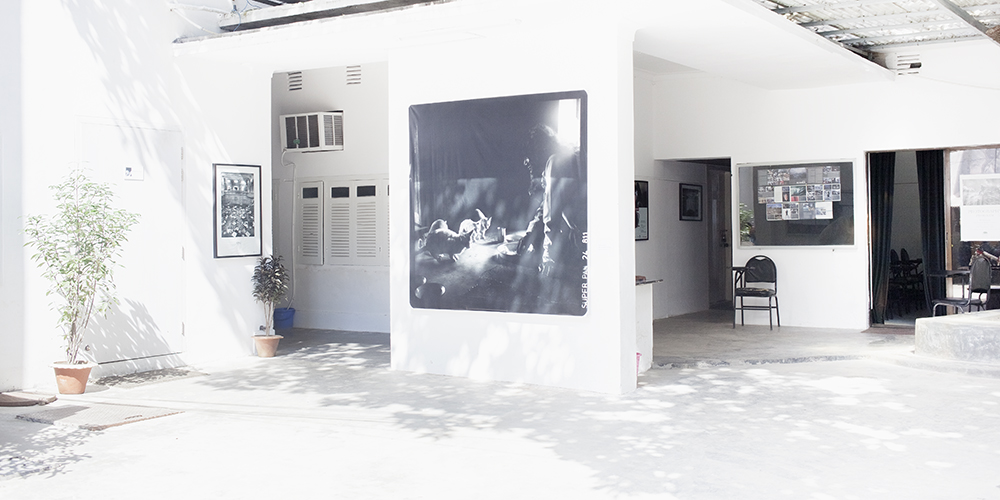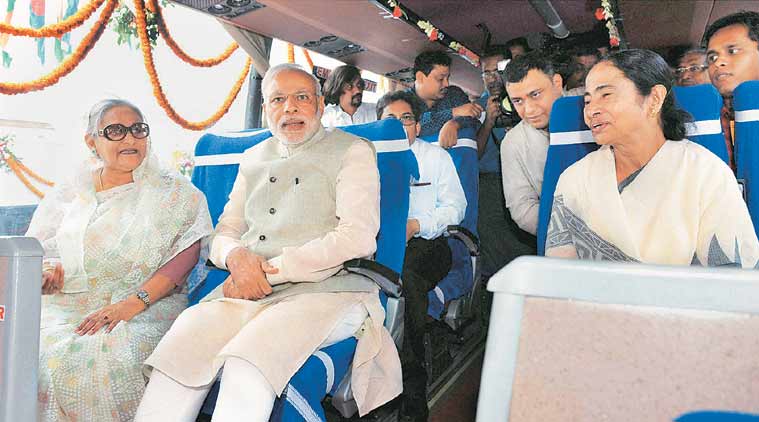Written by Louis Werner Photographed by Shahidul Alam / DRIK
Split not quite in half by the border between India to the west and Bangladesh to the east, crowning the Bay of Bengal, the world?s most complex river delta works like South Asia?s showerhead?one the size of Lebanon or Connecticut. Fed by Himalayan snowmelt and monsoon runoff, carrying a billion tons a year of Asian landmass suspended as sediment, the three great flows of the Ganges, the Brahmaputra and the Meghna rivers all end in one vast estuarial tangle, one of Earth?s great water filters, the mangrove forests of the Sundarbans.

